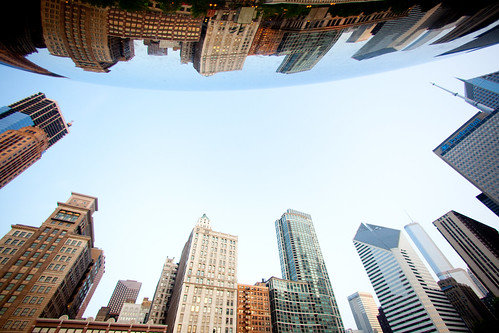The move from film to digital was one I resisted for a very long time. One of the most challenging things about analogue photography is also one of the most rewarding and it is missing from digital photography. It can be hard enough getting to the location you want to shoot, then capturing the right light, and framing the best composition. The real science comes in calculating the right exposure for your scene because doing so as carefully as possible is crucial when shooting on film as getting it wrong can mean the difference between an acceptable image and a failure. The biggest difference between then and now is we had to take our shots and take our chances because there was no instant review from an LCD on the rear of the camera and it was not uncommon to wait as long as a week between taking your shot and seeing the developed image. By then the light, the location and the opportunity are all gone.
My film of choice was always Fuji Velvia. It is a very slow transparency film that produces gorgeously warm rich colours with very little grain and before the advent of digital photography an experienced shooter could often recognise Velvia shots by their signature colour profile - think of just about anything published in National Geographic in the 1990s.
The digital age has, of course, made much of the science of photography redundant. Not just because camera bodies are becoming more capable of determining the best exposure and super fast focus but because we can instantly see the results, recompose, compensate exposure and reshoot - again and again of necessary. The quiet alchemy of considered analogue photography has been replaced by the ready-fire-aim age of disposable digital images.
This is one of the characteristics of digital photography that has lead me to seek more thoughtful photographic subjects. The other is my growing awareness of the lack of actual creativity in so much of today's popular photography. Some of the most popular shooters in the online community are good examples of what I've become more disenchanted by with time. A Flickr friend of mine, Thomas Hawk, has developed a large following based on his prolific library of (mostly) urban subjects - street portraiture, architecture abstracts, and his great collection of neon signs. Trey Ratcliff, every bit as popular as Thomas, specialises in tonemapped HDR images of natural landscapes and citiscapes. Now both these guys are very talented photographers and they produce images the likes of which I can maybe fluke once in one thousand attempts but I'm becoming more aware of a certain artistic ingredient missing in their prolific and popular portfolios. TH and Trey are very good at taking photos but what they do very little of is make photos.

The Forbidden Corner by Trey Ratcliff
To be able to isolate a great abstract composition the way Thomas does is a gift I wish I had. To access the extraordinary locations Trey gets to shoot would be a dream come true. But the thing about their photography, and most other popular photographers, is they capture something beautiful that was not of their making. A clever composition of a sculpture or a temple is a clever composition of someone else's work and I'm finding myself drawn more towards the emerging talents of artistic photographers

Coincidently, Plate 2 by Thomas Hawk
I recently discovered a very talented guy who is producing some wonderfully creative photographic art. Aaron Nace is a great photographer and master Photoshopper who has been producing outstanding images unlike anything I've seen online before. Aaron creates unique works of art using some amazing setups and very clever post processing and the thing I like most about his images is they are all original and created from nothing. Unlike a great shot of a bridge or a lake none of Aaron's subjects would exist if he hadn't created them himself. This type of photography is only possible since technology has become powerful enough to do the heavy lifting required for such significant image manipulation and I believe Aaron's work is taking digital photography to an aspirational level and represents the type of creativity that will separate great photo opportunists from great photographic artists.
Aaron has tutorial videos on his website that show detailed instructions for creating these and other images from scratch.




Very insightful article. leaves me with much to think about. thank you. Also enjoyed discovering aaron nace's work - its beautiful!
ReplyDelete